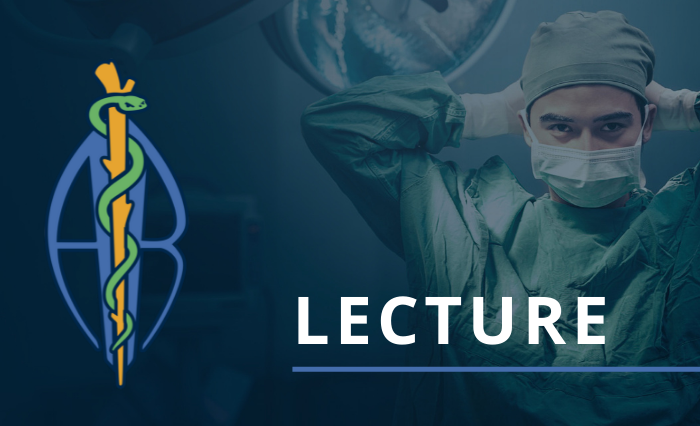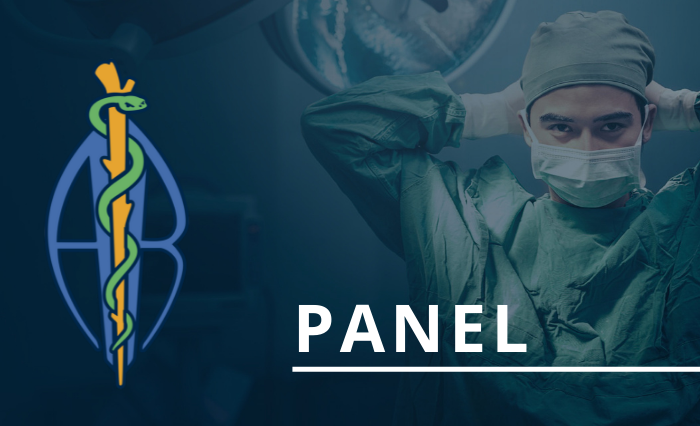Outcomes of Prophylactic Wrapping of the Thoracic Aorta with a Polyethylene Terephthalate (ExoVasc®) Mesh: A Rat Model

Date: Friday, September 19, 2025
Time: 9:30 am CTDuration: 30 MinutesTrack: Friday - Track 1
Room: Plymouth Ballroom A
Speaker: Beata Kis
Moderator: Jose Negron-Garcia
Presenter: Beata Kis, Royal College of Surgeons, Ireland
Introduction: Aortic dissections, occurring at an estimated rate of 3 cases per 100,000 individuals per year, are medical emergencies associated with a high mortality. Thoracic aortic aneurysms leading to dissection and/or rupture are characteristic, but not exclusive, to known genetic disorders. While medical therapies may retard the enlargement, prophylactic surgical repair is mandated when the aortic diameter reaches a specific criterion. The newest, less invasive ‘exostenting’ offers a personalised external aortic root support (PEARS).
We aimed to assess the possibility of prophylactic exostenting of the rats’ thoracic aorta, the time needed for Exostent incorporation, and the extracellular molecular changes induced.
Methods: Twenty-three, 6-7 weeks old Wistar rats of both genders underwent a left sided thoracotomy for wrapping their thoracic aorta with a sleeve of a length of ~1 cm of ExoVasc® mesh; anaesthesia was induced with Isoflurane (5%) and maintained also with Isoflurane (2–4%). Analgesia was given pre-emptively pre-op and post-op.
Eventually these rats were euthanised 8, 12, 16, 20 and 24 weeks postop. Samples of thoracic aorta were harvested, fixed in 10% formalin and embedded in paraffin wax prior to cutting 5μm thick transverse sections. These tissue sections were then stained using the Haematoxylin and Eosin method, the combined van Gieson/Verhoeff method and examined microscopically. The scale, nature and anatomical location was assessed.
Results: In total thirty Wistar rats were authorised for this Phase, with statistical significance achieved by having ten male and ten female rats recovering from the thoracotomy. This criterion was satisfied by operating twenty-three animals, twelve males and eleven females (two died due to intraoperative bleeding, one was found dead the next day). The Exostent incorporates with the aortic adventitia ~16-20 weeks postop; afterwards no major cellular changes are noticed; however, the foreign body reactions persist throughout. We aim this model to serve as a valid template for further research assessing the response of the aorta to Exostent implantation.
Conclusion: Keeping in mind the 3Rs, this Phase was designed as part of a bigger research question, aiming to assess the feasibility of a thoracotomy- including its anaesthetic background- in a young rat. The age of the operated animals was chosen in view of the overall purpose of the study. While the PEARS procedure intends to prevent the dilatation of the native aortic root, currently in rodents only mouse models exist where genetic mutations can cause aortic pathology. We thought that a thoracotomy and wrapping the thoracic aorta wouldn’t be feasible in a mouse. As the native aorta in the healthy rat obviously did not dilate, the role of the mesh reinforcing the aorta was questionable, however the timeline of incorporation could be ascertained.
This event is now over. Resources will be available when the content is archived. Please log in with your member account to access these resources.
Speaker
Similar Events Happening
Anesthesia and Analgesia Roundtable Discussion
Time: 4:00 pm
View More From This Track
- Time-Dependent Vascular Dysfunction in Sepsis: Insights from an Ex Vivo Porcine Saphenous Vein Model
Speaker: Nubia Silva - Friday, September 19, 2025 10:00 am - Modified Ruminal Management in Ovine Preclinical Anesthesia: Eliminating Oro-Ruminal Intubation to Reduce Complications
Speaker: Caroline Baldo - Friday, September 19, 2025 10:45 am - Quantitative Computed Tomography Evaluation of the Abdominopelvic Vasculature in the Domestic Sheep Model
Speaker: Faysal Amin - Friday, September 19, 2025 11:15 am


